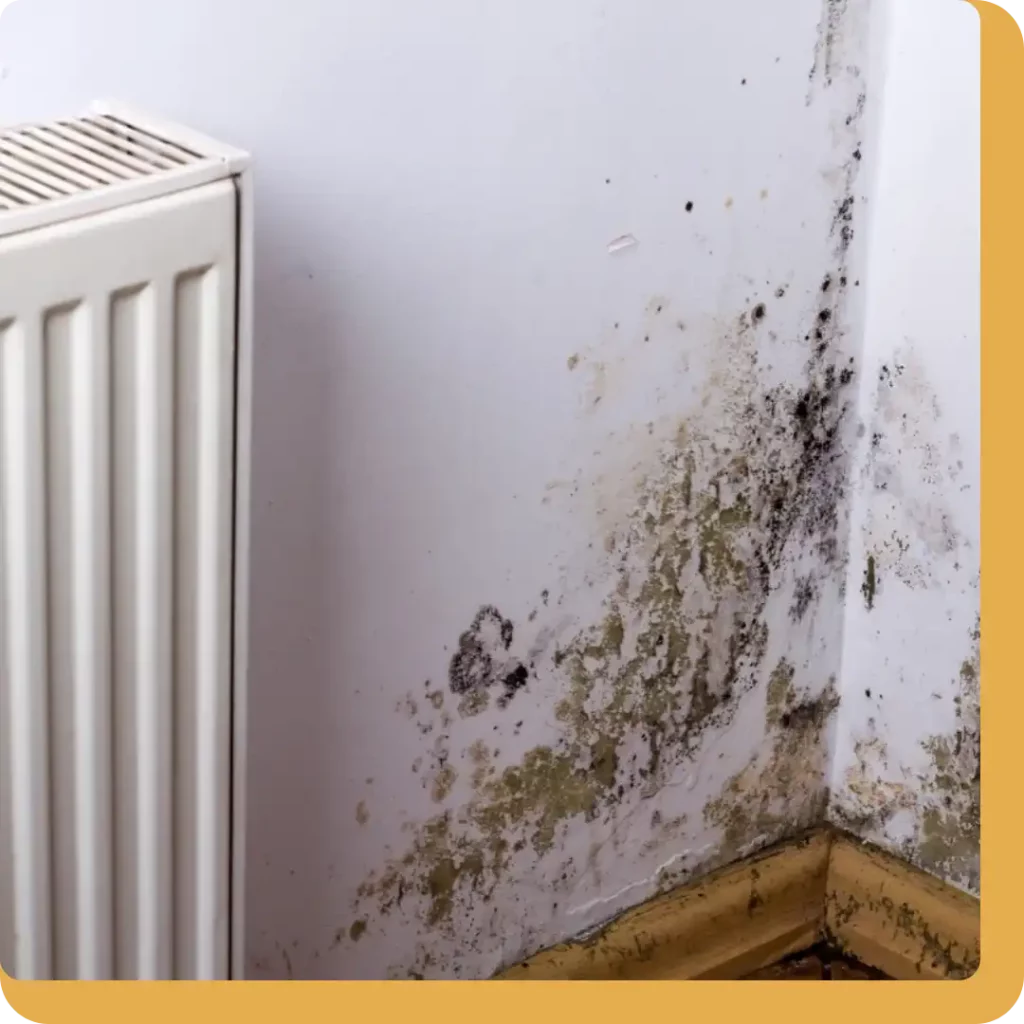Mould is a persistent issue in many homes, particularly in damp, poorly ventilated spaces. Not only is it unsightly, but it also poses serious health risks, including respiratory problems and allergies. Traditional heating systems often exacerbate mould growth by creating humid conditions, but infrared heating presents a revolutionary alternative.
Infrared heating is an effective solution for combating mould, improving indoor air quality, and enhancing energy efficiency. In this article, we’ll explore how infrared heating works, its benefits for mould prevention, and the scientific data supporting its effectiveness.
How Does Infrared Heating Work?
Unlike conventional heating, which warms the air, infrared heating works by emitting radiant heat that directly warms surfaces, objects, and people. This mimics the natural warmth of the sun, creating a dry, comfortable environment with minimal heat loss.
The Link Between Infrared Heating and Mould Prevention
Mould thrives in damp, humid environments where condensation accumulates on cold surfaces like walls and ceilings. Traditional convection-based heating systems, such as radiators, heat the air first, often leading to uneven heating and condensation. Infrared heating, however, directly warms surfaces, reducing condensation and preventing the conditions that allow mould to grow.
Key Benefits of Infrared Heating for Homes with Mould
- Reduces Condensation and Humidity
A study by the Fraunhofer Institute for Building Physics found that infrared heating significantly reduces surface moisture by directly warming walls and ceilings. Since mould needs moisture to survive, maintaining dry walls prevents spores from settling and spreading.
- Eliminates Cold Spots
Traditional heating systems create temperature variations, leaving certain areas cold and prone to dampness. Infrared heating provides uniform warmth, ensuring that all surfaces remain at a consistent temperature, which helps to stop mould from developing in corners, behind furniture, and in poorly ventilated areas.
- Improves Indoor Air Quality
Mould spores in the air can aggravate respiratory issues like asthma and allergies. The World Health Organization (WHO) has identified a strong link between indoor dampness and respiratory illnesses. Since infrared heating does not circulate air like conventional radiators, it minimizes the movement of dust, allergens, and mould spores, contributing to a healthier indoor environment.
- Energy-Efficient and Cost-Effective
Infrared heating panels convert nearly 100% of the electricity they use into heat, making them highly efficient. According to a report by the UK Department for Business, Energy & Industrial Strategy (BEIS), infrared heating can reduce energy consumption by up to 30% compared to conventional heating methods. Lower energy use not only translates to cost savings but also helps homeowners reduce their carbon footprint.
- Targets Problem Areas Directly
Infrared panels can be installed in specific areas prone to mould, such as bathrooms, basements, and kitchens. This targeted heating approach ensures that problem spots stay dry and warm, preventing mould formation in moisture-rich environments.
- Works Well with Ventilation Systems
Infrared heating is often used in combination with proper ventilation to further control humidity levels. A study published in the Journal of Building Performance found that infrared heating, when paired with adequate airflow, significantly reduces the likelihood of mould regrowth in previously affected areas.
Potential Considerations
While infrared heating is an excellent solution for mould prevention, it is essential to address the root causes of moisture, such as leaks, poor insulation, or inadequate ventilation. Additionally, although the initial installation costs of infrared heating may be higher than traditional radiators, the long-term energy savings and health benefits make them a worthwhile investment.
Infrared heating offers a highly effective, energy-efficient way to combat mould in homes. By reducing condensation, eliminating cold spots, and improving air quality, it provides a long-term solution for homeowners struggling with persistent dampness. Backed by scientific research, this technology not only enhances comfort but also promotes a healthier living environment.
If you’re considering upgrading your heating system to combat mould, infrared heating is a smart choice.


